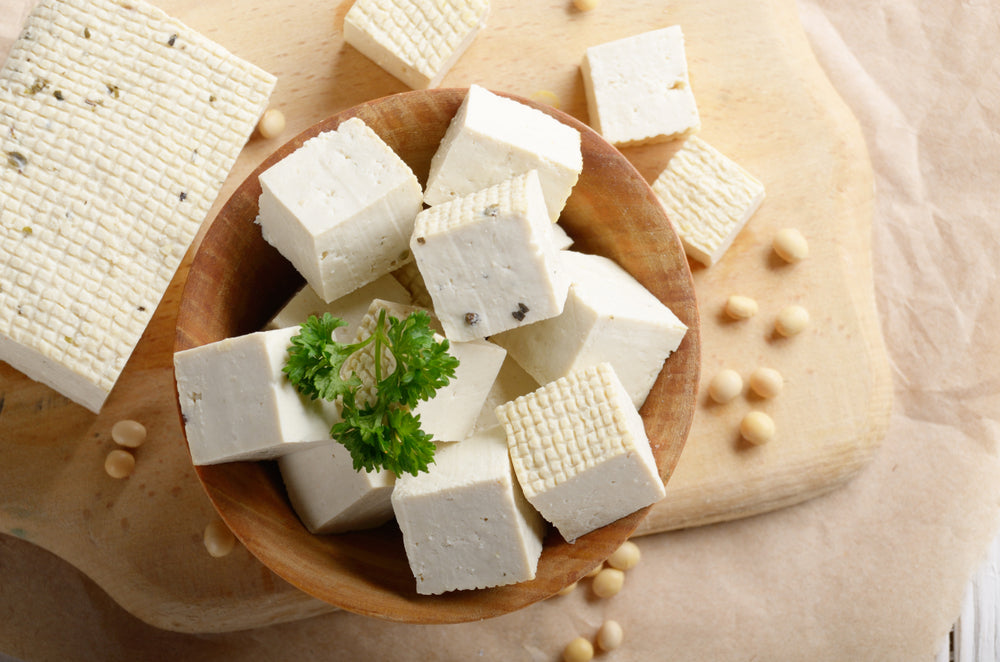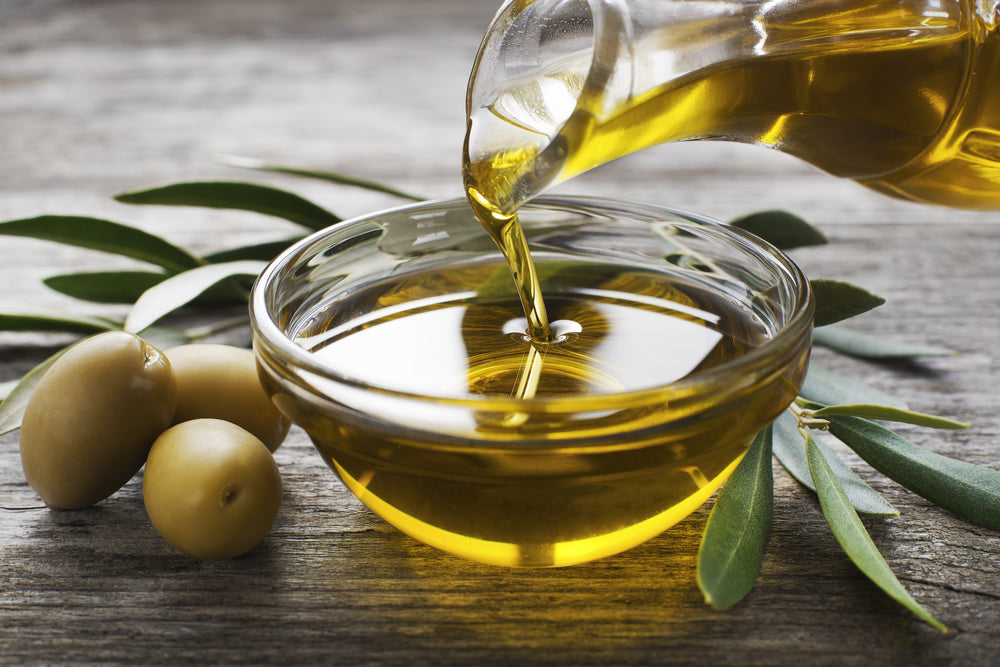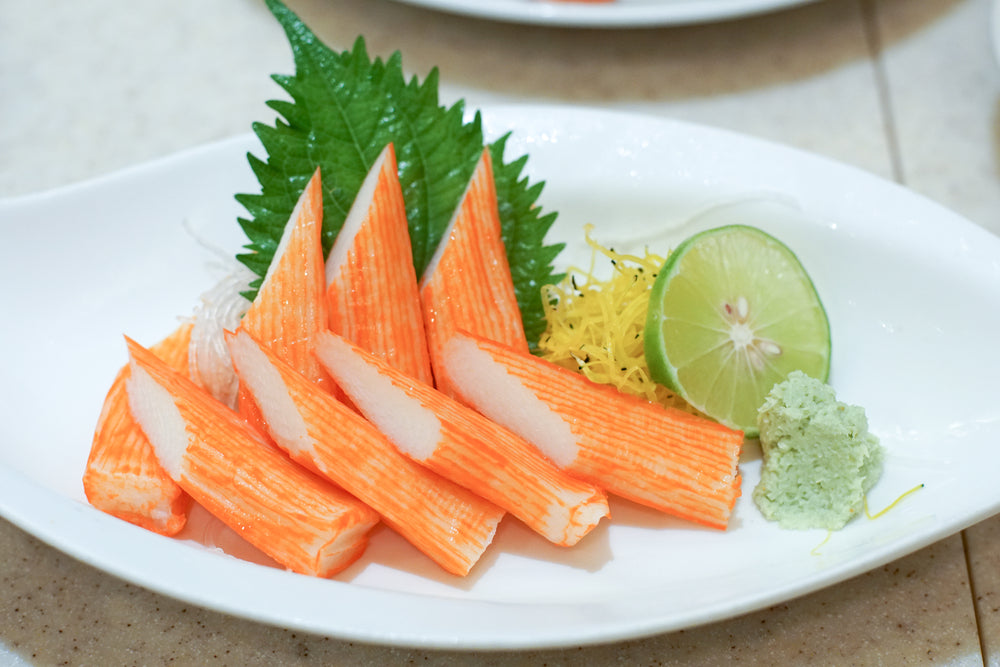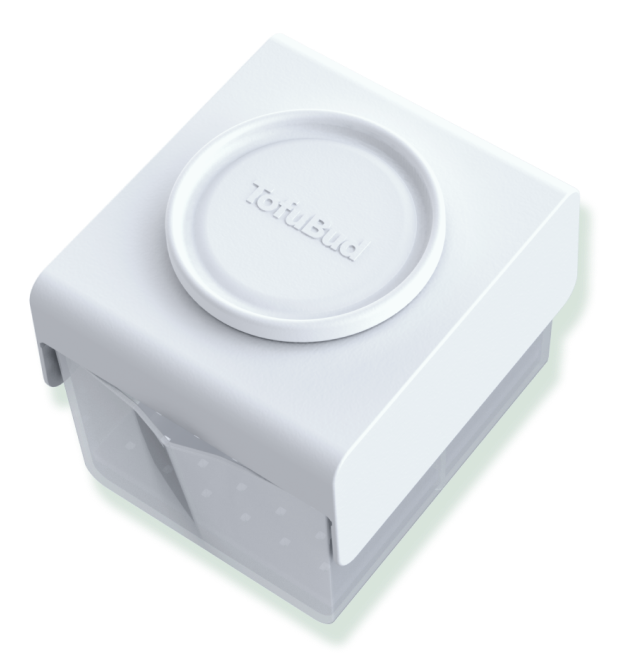Tracking macronutrients, or counting your macros, is a bodybuilder's longtime secret weapon. In the last few years, it's spread to the mainstream, and all kinds of dieters are using this simple system to lose weight without the need for restrictive diets. A vegan macro diet needs a little bit of variation - learn more below.
Losing weight is one big math equation - if the calories going into your body are lower than the calories you burn through basic functioning and exercise, you lose weight, and vice versa.
While calorie counting is an effective weight-loss tactic, it's pretty restrictive and time-consuming. Diets that feel restrictive for us may be successful in the short-term, but generally, we eventually crack from the pressure or loosen the reins and gain the weight back.
Athletes and bodybuilders have long paid attention to their macros as a means to transform their body composition and improve their athletic performance.
Every day people are learning how to calculate macros so they can benefit from a macro diet too. It offers a lot more freedom than regular calorie counting, earning its title as a "flexible diet."
Because of the macro diet's flexibility, vegans can count their plant-based macros.
If you're considering a macro diet, read on to learn more about vegan nutrients and macros so you can easily follow a vegan macro ratio to lose weight and get healthy!
What are Macros?
The term macros refers to macronutrients, the building blocks of every food we eat. The three macronutrients in our diets are fat, carbs, and protein.
They provide our bodies with energy and allow us to exist by aiding in all bodily functions, directly or indirectly. Most foods contain at least two, but often all three macronutrients in differing ratios.
Instead of focusing on eating a specific number of calories every day, macro dieting focuses on getting the right proportion of macronutrients into your body. While we require all three macronutrients in our bodies, we may set a daily carb/fat/protein ratio that differs depending on our diet goals.
Endurance athletes may favour higher carb ratios, while bodybuilders may increase their protein percentage. For weight loss, moderate carbs, moderate fat, and higher protein are often ideal.
Anyone looking to begin a macro counting diet should do so under their doctor's guidance.
Flexible Dieting
The macro diet earned its flexible dieting title because, unlike many other diets, no food is off-limits. You can eat the foods you prefer to get your macros - no meal plan or recipes with ingredients you don't enjoy.
You can make space for treats in your diet wherever you like, as long as you've balanced your protein/fats/carbs ratio by the end of the day.
Another great thing about this diet is its focus on food quality over quantity. Calorie counting only focuses on one thing - total calories in and out. The quality of those calories can come from complete junk and still fit into the diet.
Remember though, that while macro counting allows for junk food, it must be in moderation along with more whole, nutrient-dense foods that give you the macronutrients you need to achieve your goals.
Why Track Macros?
Macro counting is essential, especially for new adopters of the macro diet, as we tend to over and underestimate what we're actually eating.
Macro tracking makes the difference between knowing if you're hitting your goal of 25% fat, for example, or if you’re getting 20% or 30%, instead. These ratios are calculated precisely and need rigorously following to work optimally.
Athletes have great success in counting their macros. Small differences in the macronutrients they consume could make a massive change in their performance and strength for endurance or strength athletics.
Achieving weight loss requires a delicate balance of inputs and outputs to happen. Because macro dieting doesn't focus on calories, it's even more critical to ensure you're getting the exact nutrient ratio you need.
Macro tracking isn't something you'll need to do forever. As you learn and remember the general macro composition of the food you eat most often, you’ll naturally start keeping your macros balanced without the need for constant tracking, which can be a little time-consuming.
Once you've achieved the physical goals you set for flexible dieting, you can loosen the reins and enjoy more treats in moderation.
Can Vegans Count Macros?
Anyone that consumes food can count macros, including vegetarians and vegans! There are plenty of vegan proteins, vegan carbs, and vegan fats that vegans can eat to hit their ideal macro ratio.
How to Count Vegan Macros
Setting Your Goal
Counting macros can seem a little complicated for anyone new to dieting. Macronutrients aren't something we usually think much about unless we've tried other diets that require specific ratios, like keto-based diets.
Don't worry about figuring out macros yourself - consult a handy vegan macro calculator online, which will determine your ideal ratio of food based on the goals you want to achieve.
Most calculators give you both ideal macro percentages and each macronutrient's total grams you should try to eat each day.
Then, grab a vegan nutrition chart to use as a quick reference for food's macro ratios to break your vegan plate easily.
Food Quality
No matter the diet you choose to follow, food quality is always an important aspect. Of course, we're all human and need to indulge in treats from time to time.
Don't solely focus on hitting macro ratios with nutritionally void or overly-processed foods. While you may achieve weight loss goals this way, your body requires the micronutrients like vitamins and minerals that mostly come from a diet rich in whole, good-quality food.
Keeping your body optimally functioning using these nutrients is the only way to improve actual athletic performance. And a well-balanced gut is bound to give you better weight-loss results too.
Protein
When vegans take up a flexible diet, some of the biggest concerns are getting enough vegan protein to hit lofty protein goals without increasing carbs significantly.
That's because many vegan proteins entwine with high carb content, such as beans, lentils, and grains. And other proteins are high-fat vegan sources, like nuts and seeds.
While it can be a little more difficult for vegans to isolate protein macros and consume high-protein foods, it's not impossible.
Complete Proteins
Proteins are composed of amino acids, which our bodies break down to use for a bunch of crucial processes.
Many amino acids occur naturally in the body, but nine acids (called essential amino acids) must come from the foods we eat. "Complete proteins" are what we call any foods that contain all nine amino acids.
While animal-based products are complete proteins, many vegan protein sources are incomplete.
The great news is that vegans don't need to get all of the essential amino acids in one food or meal - as long as you eat a variety of foods that adds up to enough of all nine acids in a day, your body will have everything it needs to function.
Eating complementary proteins will help a vegan's body to utilize the proteins it's ingesting optimally. Here are a few of the most nutritious complete proteins and combos:
- Soy protein
- Rice and peas
- Grains and nuts or seeds
- Whole grains and legumes
- Grains and vegetables
- Legumes and nuts or seeds
Processed Options
Vegan processed-meat products aren't something we recommend eating too often, as you should stick with more natural whole food options.
You can enjoy these vegan products in moderation, but ensure they're as high in protein as they seem. A great rule of thumb is 40% of vegan meat calories from protein or at least 10g of vegan protein for every 100 calorie serving.
Best Vegan Protein Sources
Tofu, Seitan, Tempeh
Soy products are fantastic sources of vegan protein, as they're a complete source of essential amino acids. Grab a tofu press and bake, fry, and grill your tofu to perfection to instantly up your protein without increasing your carbs or fat substantially.
Seitan, made from wheat-gluten, is interestingly still considered low-carb like tempeh, a fermented soybean product.
Chia and Hemp Seeds
Both of these seeds offer an ample serving of protein, with some of the healthiest unsaturated fats to help your body thrive.
Protein Powders
Again, whole food sources are always superior, but good-quality plant-based protein powders can help round out your ratios and ensure you're getting enough protein.
Soy protein powders offer a load of nutrition, as do pea, rice, and spirulina.
Carbohydrates
Starch
There are two distinctly different carbs: high-starch carbs like potatoes and wheat, and low-starch carbs, like vegetables.
Both of these have their place in any diet, but high-starch carbs tend to break down a little faster in your system than low-starch foods. For this reason, it's better to use high-starch carbs for quick energy after exercise recovery and favour low-starch options throughout the rest of the day.
Refined vs. Whole Carbs
Even good carbs can go bad.
Refined carbs have been broken down through processing, and are stripped of some or most of their fiber and nutrients. While the whole version of many of these foods isn't inherently wrong and often has a lot of nutrition to offer, you should avoid the overly-processed versions.
Pick carbohydrates high in fiber and as whole as you can get - think sprouted, whole-grain bread over snow-white Wonderbread.
Best Vegan Carbohydrate Sources
- Whole fruits and vegetables
- Quinoa, buckwheat, and oats
- Brown rice or whole wheat pasta
Fat
Most of us have no trouble naturally meeting the basic fat requirements of a macro diet through the naturally-occurring fats in our food and the extras we tend to use daily on our food, like cooking oil or salad dressing.
While it's essential to get unsaturated fats over the saturated kind, most vegan sources of fat are naturally unsaturated, so it's not of much concern for plant-based dieters that eat mostly whole foods.
If you're still struggling to hit your recommended fat intake, there are some great options you can add to your diet, too.
Best Vegan Fat Sources
- Avocados
- Coconut or olive oil
- Chia and hemp seeds
- Cacao nibs
- Nuts
- Quinoa
- Tahini
Final Notes: Vegan Macro Diets
If you're interested in using flexible dieting to reach your fitness or body composition goals, we've seen individual results proving its success time and time again.
Vegans can join in and try their hand at macro counting. Anyone with dietary restrictions or allergies can use flexible dieting, too. The beauty of this diet is you can eat foods you choose building the proper ratio of macros in your body, so you can omit any foods you don’t need or want.
If macro counting feels a little tedious, think of it as a short-term sacrifice for long-term benefits. Once you learn the basics of macro counting, you'll be able to estimate your macros so quickly that you'll no longer need to record every single morsel you eat.
We hope you love the flexibility and results you may see from counting macros!








Leave a comment (all fields required)